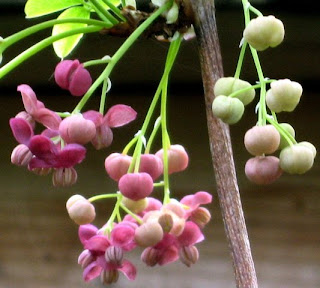Who could ask for more?
Will you still need me, will you still feed me,
When I'm sixty-four."
- The Beatles
When I first heard that song back in 1967, I had no idea how I would feel when I reached my 60s. In fact, I wasn't sure I would live that long. Don't ask me why. Mostly, I just couldn't imagine being that old.
Well, now I am in my 60s and I can tell you that is isn't all that bad. I have a driver's license and credit cards and I come and go as I please. I treasure my independence and if there's anything I can't imagine now, it is being anything other than that - happy, healthy and independent.
Perhaps my optimism about aging is fueled by the success of my hip resurfacing surgery 18 months ago. Prior to that, I was so crippled that I could not walk without a cane. The cane was my constant companion for over three years. It is just as well that I didn't realize how debilitated I really was before the surgery, because regaining my strength, balance and aerobic capacity has taken a long time. It is still, in fact, a work in progress.
But the key word here is "progress." I continue to get better. I laugh and tell people that I am aging in reverse, because that is how I feel. I am so much more mobile now than I was one, two, three, even six years ago. I have some occasional discomfort, but I no longer live in constant pain.
Another reason I have confidence about the future is because I was able to navigate those years of pain and uncertainty independently. Of course, I have a good network of friends and health care providers. But I lived alone throughout those years of severe disability. If I had to do it again, I know I could. I have no fear about the future.
This is a blessing, really. Some of my cohorts talk about being worried about what will happen to them when they get old. Some are convinced that they will develop any and all diseases that "run" in their families. Many are concerned about who will take care of them. This seems especially true of people who never had children. Even if they are married, they worry that without kids to look after them, they will have to suffer alone.
Which is a funny idea to me. What is this talk of having children to take care of us in our old age about? I realize that's what people not only expected, but needed, generations ago. Before nursing homes, assisted living facilities, and retirement communities, there weren't many options for older people.
But we live in a completely different era. We have many choices available to us. We don't have to live our parents' or grandparents' lives. We get to live our own, complete with innovative housing arrangements and health care options. We don't have to burden our children (I have three sons but neither asked for nor expected them to take care of me - the closest lives 2,000 miles away). Like every other phase of life we Baby Boomers have lived, we will transform what it is to be "old." And I, for one, am excited about the possibilities - at 64 and beyond.





